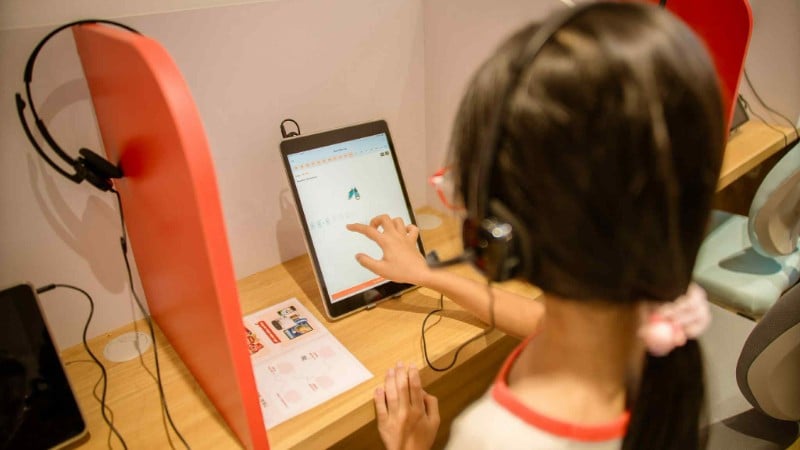
Popularizing AI - an inevitable requirement of educational innovation
On April 22, 2024, the Politburo issued Resolution No. 57-NQ/TW on breakthroughs in science and technology development, innovation and national digital transformation.
According to the Resolution, by 2030, Vietnam will be among the top three countries in Southeast Asia in research and development of artificial intelligence, and will be a center for developing a number of digital technology industries and sectors in which Vietnam has advantages.
The Resolution also sets the goal for Vietnam to gradually master a number of strategic and digital technologies such as: Artificial Intelligence, Internet of Things (IoT), big data, cloud computing, blockchain, semiconductors, quantum technology, nano technology, etc.
The issuance of Resolution No. 57-NQ/TW by the Politburo on breakthroughs in science, technology, innovation and national digital transformation has demonstrated a strategic vision, consistent with global trends in the context of advanced countries considering science and technology as a decisive factor to overcome socio-economic promotion and sustainable development.
Then, on August 22, 2025, Resolution No. 71-NQ/TW of the Politburo on breakthroughs in education and training development continued to be issued. The Resolution identified that digital technology and artificial intelligence are reshaping education globally, and each country must redefine its vision and new strategy for the education system in the future. By 2030, Vietnam will achieve initial results in improving technological capacity, artificial intelligence and English proficiency at the secondary level.
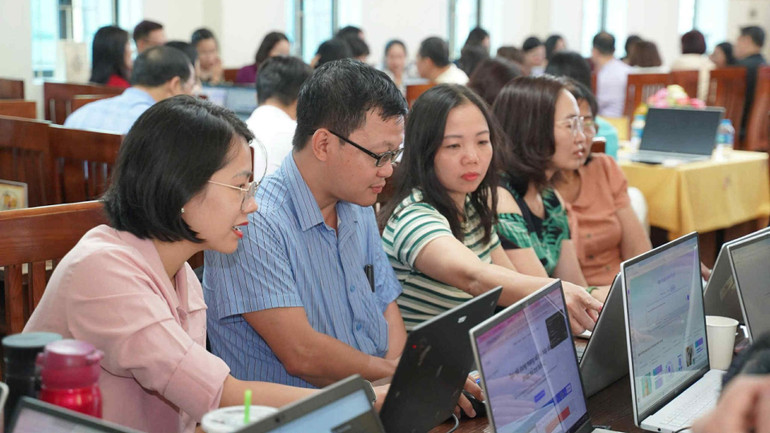
To achieve this goal, the Resolution sets out the task of popularizing and strongly applying digital technology and artificial intelligence in education and training. Accordingly, building smart education platforms, smart textbooks and curricula; promoting the application of science and technology, artificial intelligence in innovating teaching and learning methods, testing and evaluation; promoting the application of digital education models, artificial intelligence education, smart education management, digital schools, and smart classrooms.
At the National Conference to disseminate and implement the four new resolutions of the Politburo held on the morning of September 16, Prime Minister Pham Minh Chinh also said that it is necessary to introduce artificial intelligence (AI) into teaching in general schools, starting from grade 1 in the spirit of "learning while playing". "This is a very important innovation", the Prime Minister stated.
Feasible from specific steps
Expressing agreement with the above viewpoint and direction, Dr. Do Viet Tuan, Head of the Faculty of Information Technology and Communication (Academy of Educational Management) said: Implementing AI education from grade 1 is completely feasible. For this age group, there is no need for academic and complicated knowledge, but the important thing is to help children recognize the role of AI in daily life.
Dr. Do Viet Tuan gave an example, students can distinguish between AI-generated pictures and human-drawn pictures, or recognize AI voices from real voices. Intuitive, vivid lessons with images and videos will be suitable for the cognitive characteristics of first-grade students, while opening up a natural approach. This is proof that introducing AI into teaching from first grade is completely feasible, not academic.
Preparing students early not only helps them proactively apply this technology to their learning effectively and ethically, but also lays the foundation for algorithmic thinking. From basic concepts such as sequential thinking, branching, iteration, subdivision and modularity, students can gradually develop approaches to data thinking, programming and technology languages at higher levels.
“Early preparation is necessary to form technological thinking for the young generation,” Dr. Do Viet Tuan emphasized.
Dr. Do Viet Tuan proposed that AI should be seen as a tool to support and accompany students, not create dependence. Therefore, educational materials need to be standardized and strictly inspected for quality. At the primary level, students focus on recognizing, distinguishing and learning about AI applications; at the secondary level, students practice basic algorithmic thinking to adapt to learning about AI; at the high school level, they are trained in programming languages, GenAI tools, and at the same time approach ethical and legal issues in AI.
From a management perspective, Director of the Center for Research and Transfer of Digital Technology (School Design Research Institute, Ministry of Education and Training) Nguyen Sy Nam emphasized: To implement AI teaching right from grade 1, there needs to be a general guidance framework for applying AI in educational schools. Accordingly, it is necessary to clearly define responsibilities and rules for using AI in schools; at the same time, build a competency framework and assessment criteria for students and teachers. Pedagogical training institutions also need to update their training programs, ensuring that student teachers are equipped with basic knowledge of AI before entering the profession.
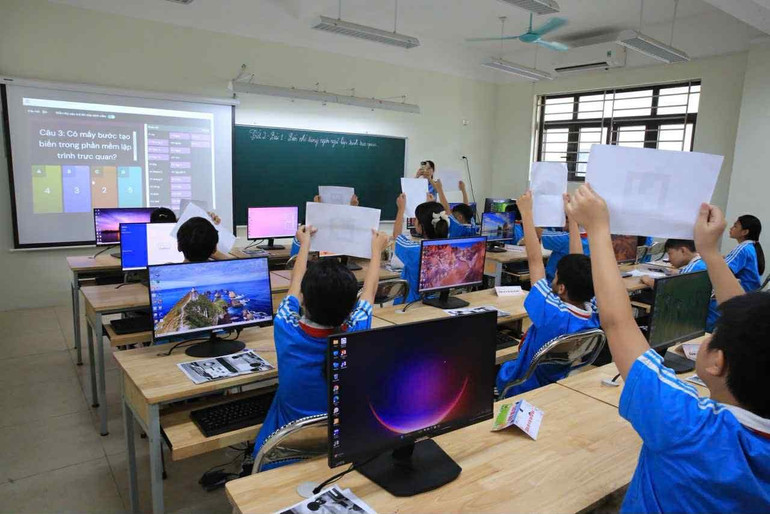
In addition, in parallel with training for teachers and managers, AI competitions should be organized for students; open data platforms should be developed to serve analysis, forecasting and policy making; and information technology infrastructure should be invested in, ensuring the internet and equipment are strong enough to apply new technologies.
Sharing the same view, National Assembly Delegate of An Giang, Chau Quynh Dao, commented: Bringing AI into teaching is in line with the digital transformation policy in education that the Ministry of Education and Training is implementing. This content can completely start from first graders. Along with the digital competency framework for teachers, developing digital learning materials and applying technology in management, integrating AI will contribute to building a smart, modern educational ecosystem; at the same time, training human resources capable of mastering technology, meeting the requirements of the digital age.
Currently, the Vietnam Education Publishing House has compiled a complete set of educational books on AI for students from grades 1 to 12. The book series is built with a knowledge framework suitable for the receptive capacity of Vietnamese students, while exploiting pure Vietnamese psychology to convey knowledge, helping students to easily absorb while still maintaining independence in thinking. In addition to providing theoretical knowledge, the book series also focuses on practical lessons, designed to suit learning conditions in many regions.
Source: https://nhandan.vn/dinh-huong-tuong-lai-giao-duc-bang-tri-tue-nhan-tao-post911933.html




![[Photo] General Secretary To Lam and National Assembly Chairman Tran Thanh Man attend the 80th Anniversary of the Traditional Day of the Vietnamese Inspection Sector](https://vphoto.vietnam.vn/thumb/1200x675/vietnam/resource/IMAGE/2025/11/17/1763356362984_a2-bnd-7940-3561-jpg.webp)





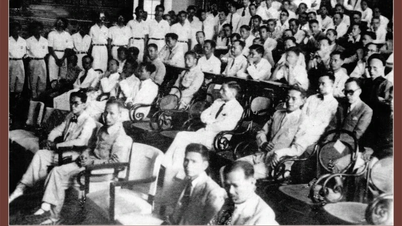
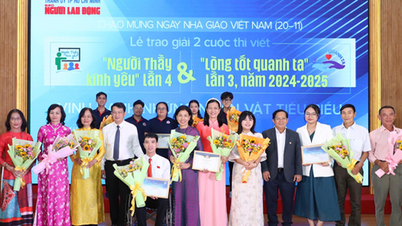





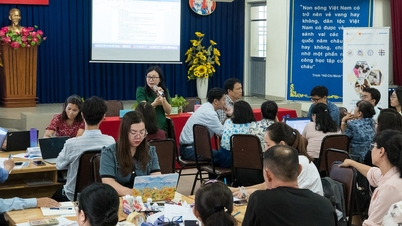





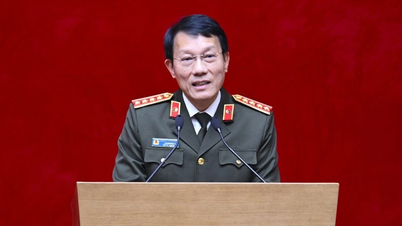

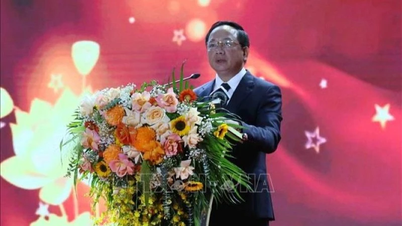






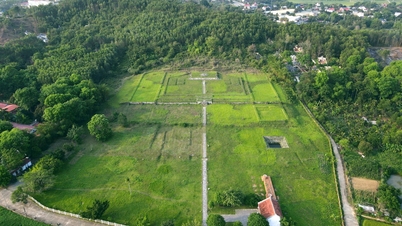










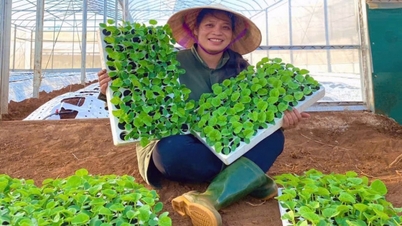

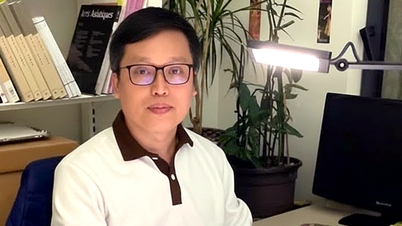



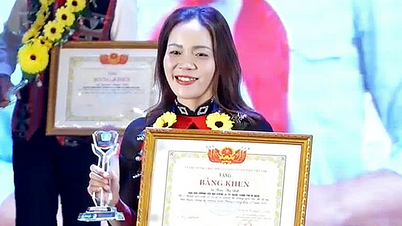










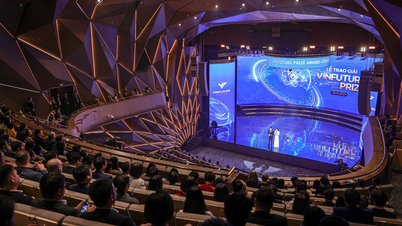














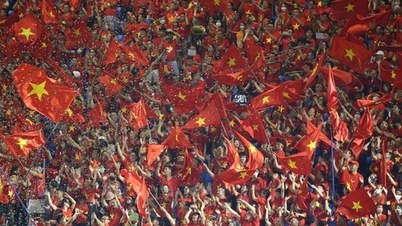
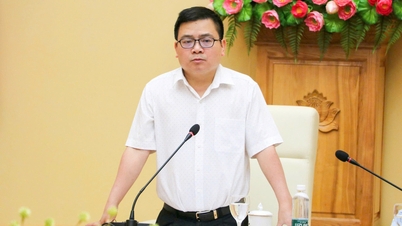



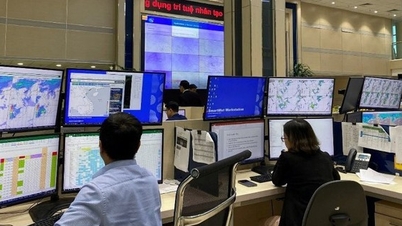






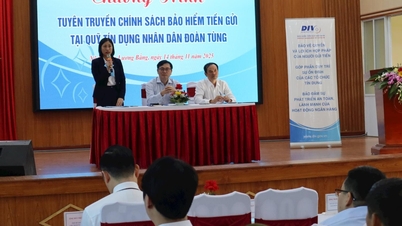



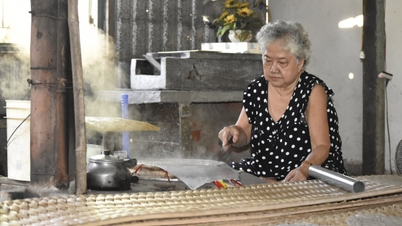

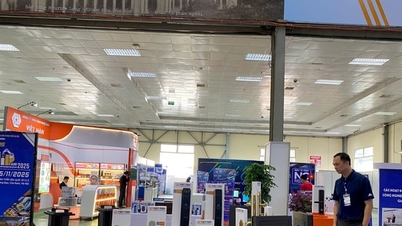


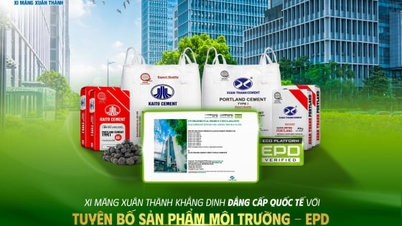
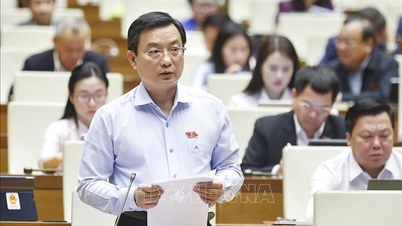




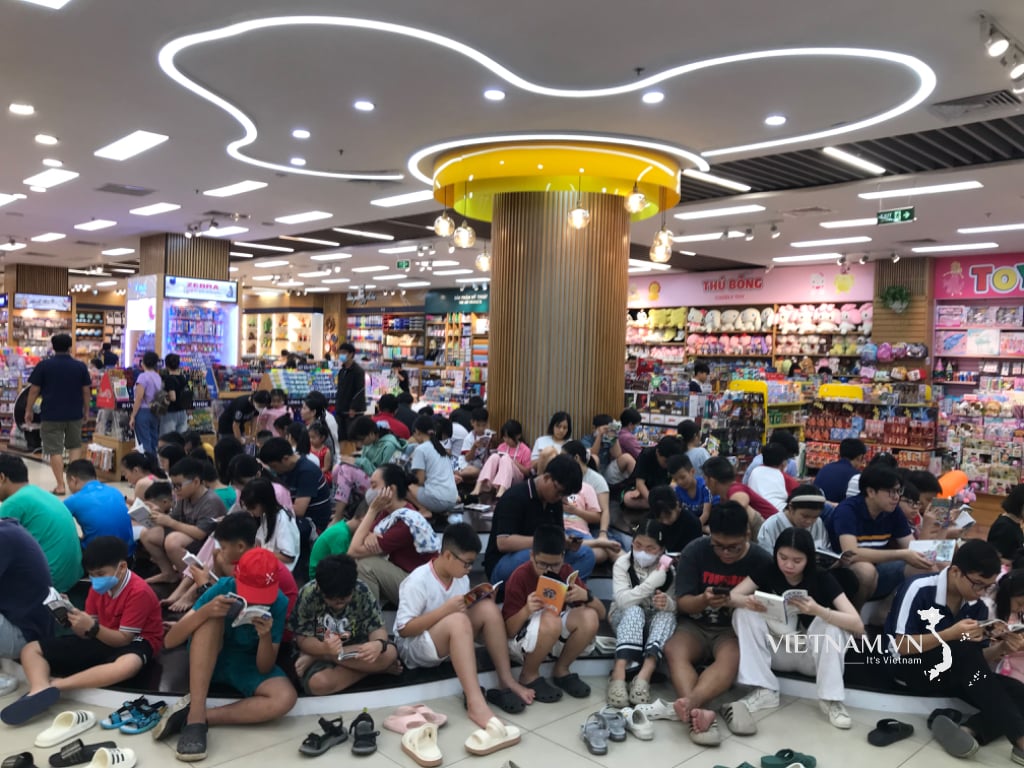
Comment (0)